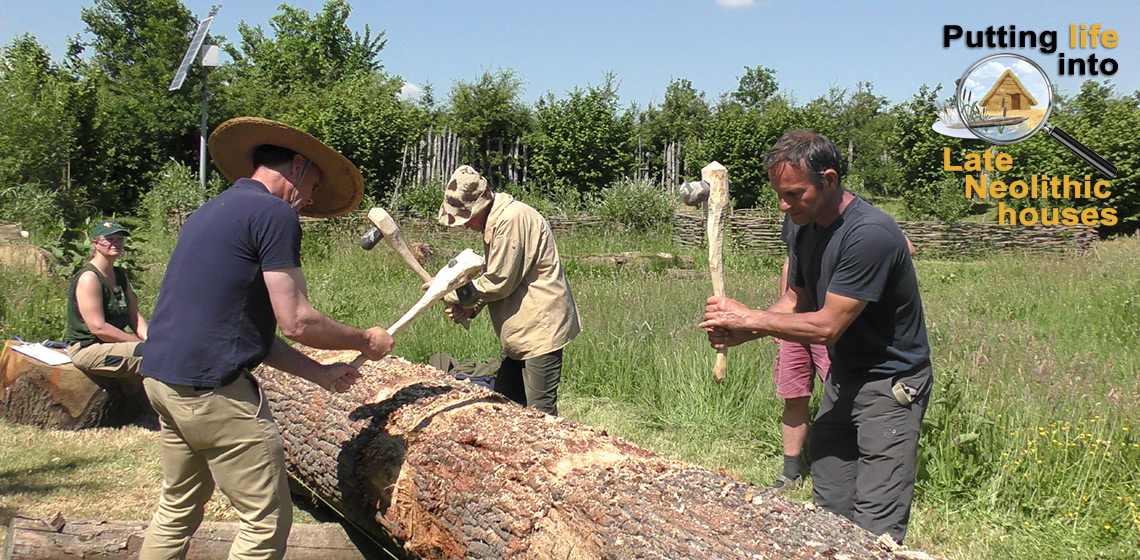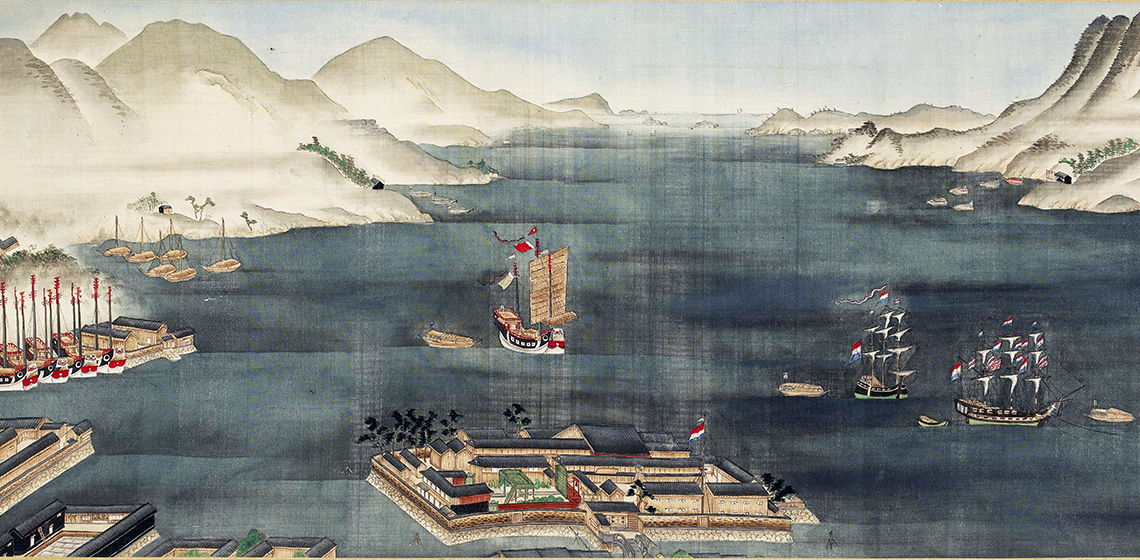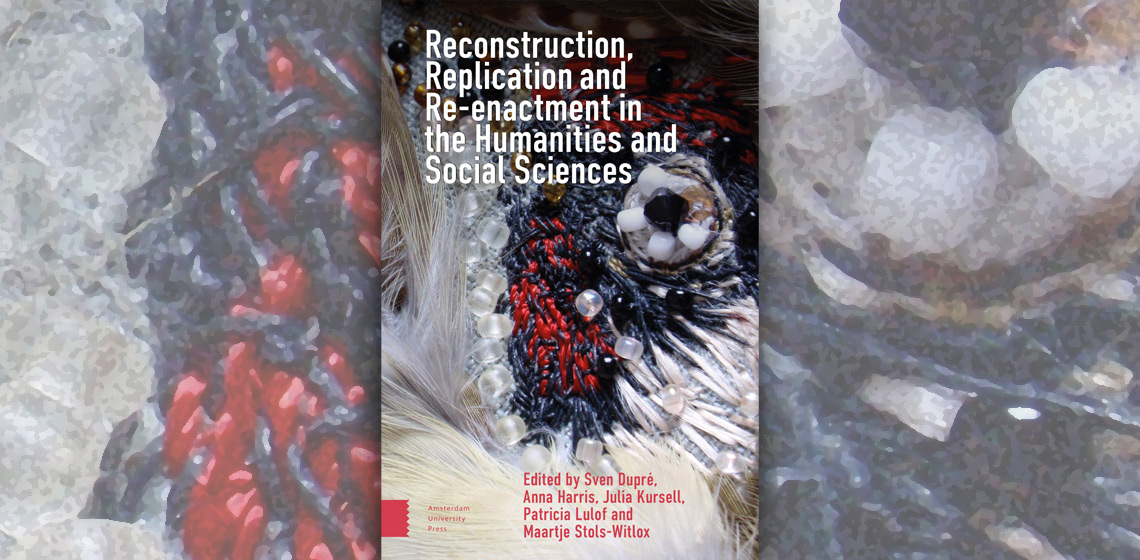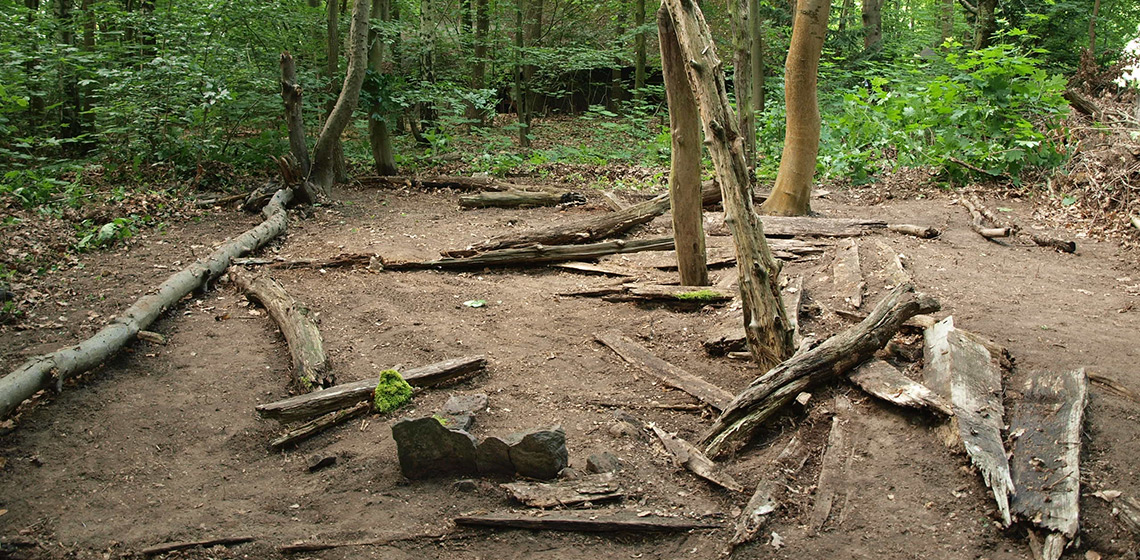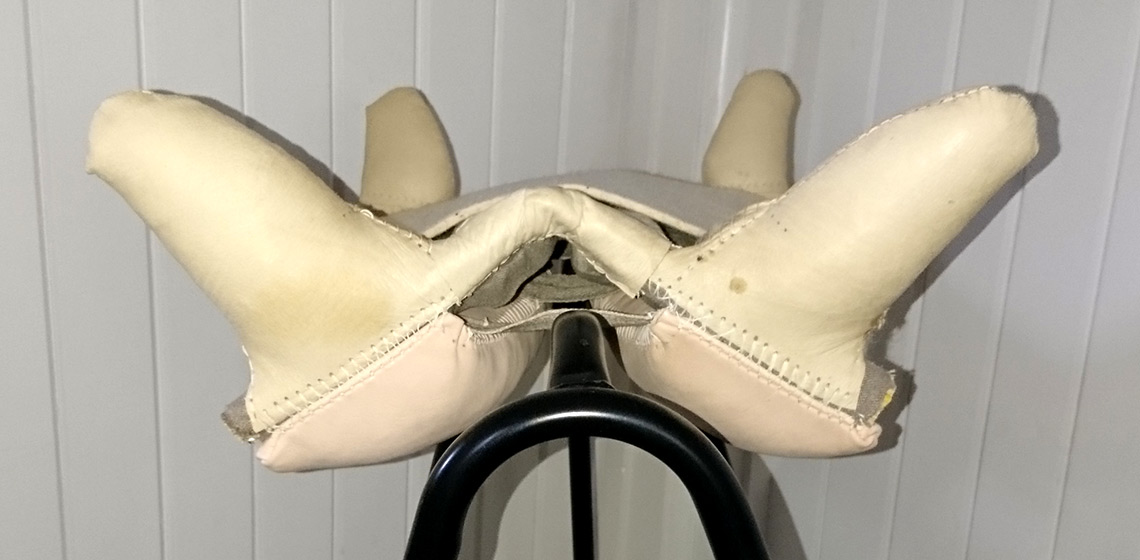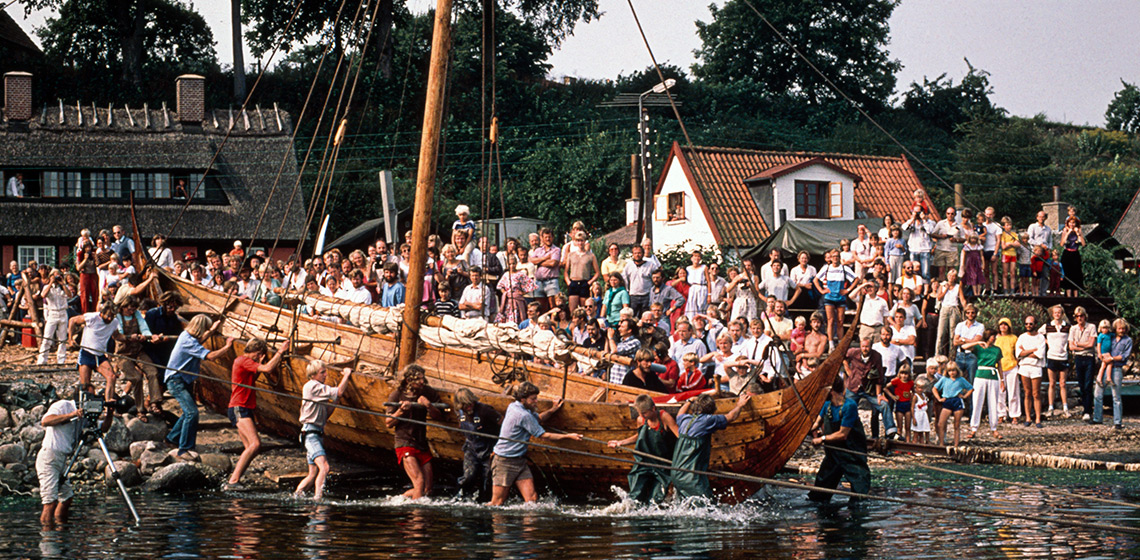(re)construction
The Weald & Downland Living Museum’s Saxon Hall
Cooperating to Create a Greater Impact - The Case Study of ‘DEJIMA Transcending Time Itself’
Archaeological Experiment on Reconstruction of the “Compound” Bow of the Sintashta Bronze Age Culture from the Stepnoe Cemetery
***This article presents data from an international experimental study on the reconstruction of the “compound” bow of Sintashta culture of bronze age South Ural, Russia. The project is carried out by a collective of researchers from Greece and Russia as part of the grant program of EXARC - “Twinning program”...
Book Review: Reconstruction, Replication, and Re-enactment in the Humanities and Social Sciences
Book Review: Road to the Vikings – Bridge between two Worlds by Linda Boye, Klaus Mejer Mynzberg and Mads Thernøe
Approaches to the Documentation of Houses in Open-Air Museums
Alternative Reconstruction of a First Century AD Roman Cavalry Saddle
Background
The design and the construction of the Roman saddle has not received much academic attention since the work done by Peter Connolly in 1986 (Connolly, 1986, p. 353) and Connolly with Carol von Driel in 1991 (Connolly, P, van Driel-Murray, C, 1991, pp. 33-50) .
The Story of your Site: Archaeological Site Museums and Archaeological Open-Air Museums
Roar Ege: The Lifecycle of a Reconstructed Viking Ship
Roar Ege was launched in 1984, and after more than 30 years on the water, has many sea miles under its keel. The years have, however, taken their toll on the ship. Roar Ege has undergone several major phases of repair – most recently in 2014. It was hoped this repair would keep Roar Ege afloat for several more years but by spring 2016, the ship had deteriorated to such an extent that it was clear that Roar Ege’s sailing days were over.
